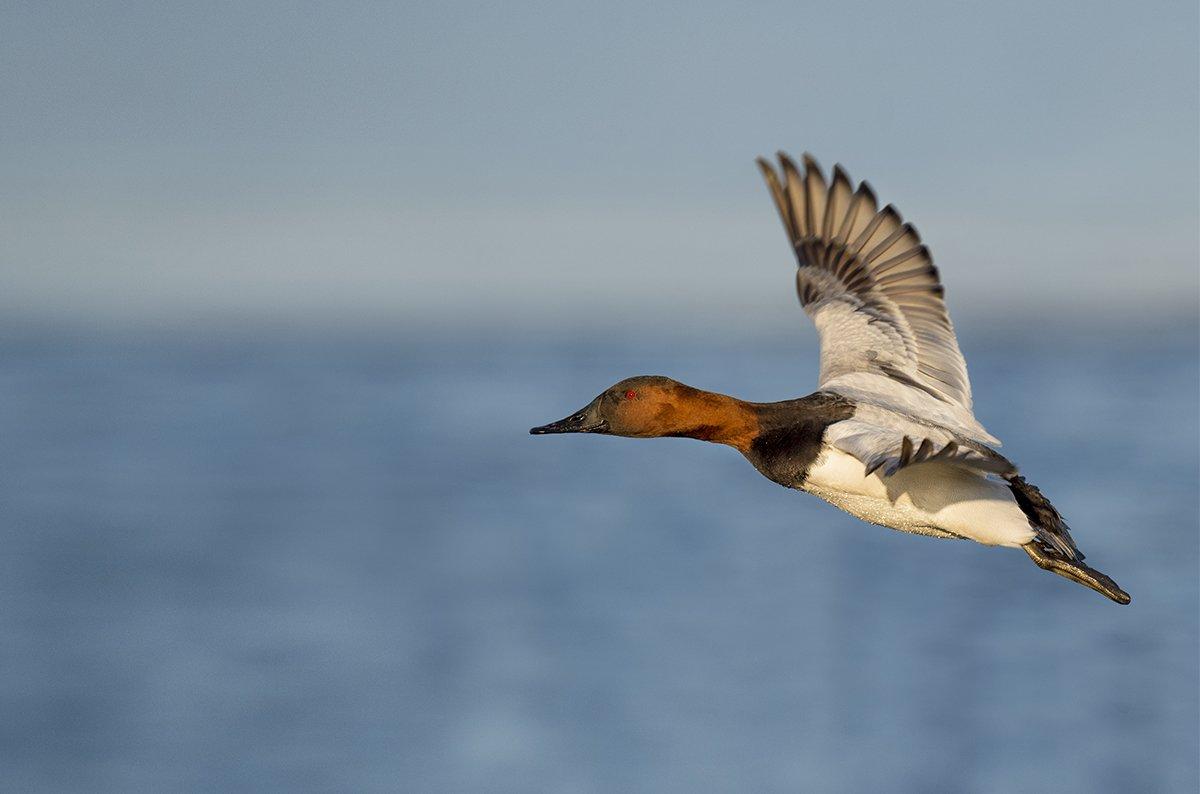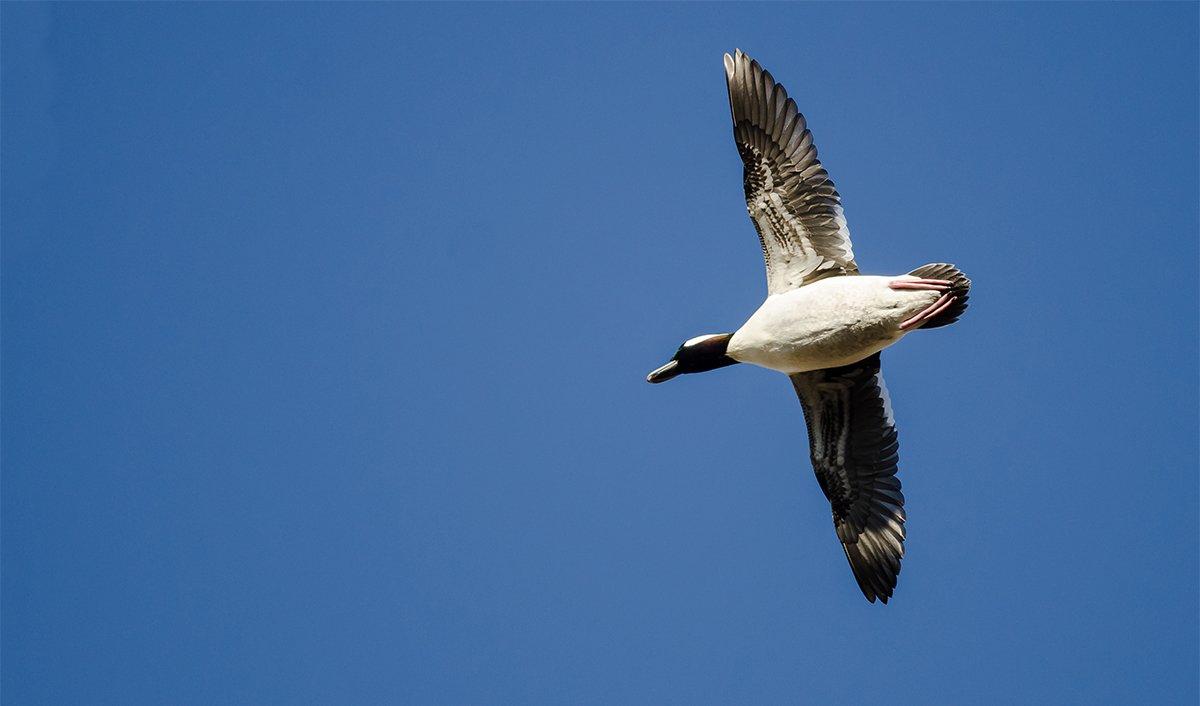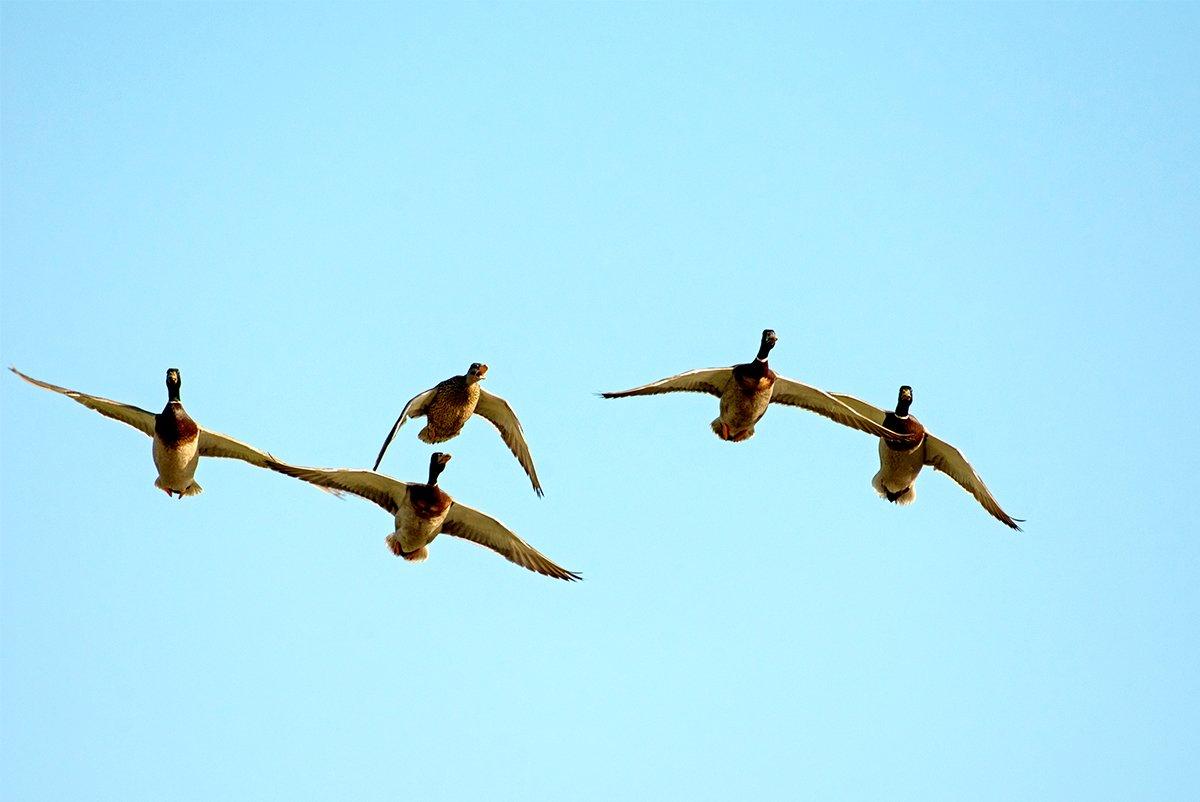And Hints About How to Whiff on Fewer of Them
We practice all summer, focusing hard on those clay targets, following proper form and swinging through the bird after we slap the trigger. Our score sheets look great, and confidence swells.
Then we go out opening day and blow at least one or two opportunities. Hey, it happens. But why?
Let's review some of the shots we miss most often in the duck marsh and ‚ more important ‚ discuss how to correct our mistakes.
Click here for more Realtree waterfowl hunting content. And check us out on Facebook.

This just in: Ducks are fast. But even so, a straight crossing target shouldn't be that difficult for anyone who regularly smashes clays on skeet Station 4, right?
Not really. When shooting clay targets, you usually have your feet positioned correctly and can mount and swing your shotgun in an easy, almost robotic motion. When a canvasback runs your decoys at Mach 2, you must rise, subconsciously estimate the target's speed and then move your gun accordingly. Often, you misjudge the bird's velocity and shoot behind it. Sometimes, you overcompensate and try to float the bird or use an awkward sustained lead, neither of which works well.
Solution: Your natural hand-eye coordination holds the key. Keep your eyes locked on the target, mount your gun smoothly, swing aggressively through the target and follow through. Don't think about how much lead you need. React to the target, and let your mind do the rest.
Photo © Ray Hennessy/Shutterstock

I hate this shot. Sure, ducks and geese are overhead, but they're heading away, not toward you. So, you must try to swing through the target in a counter-intuitive downward motion. Often, I stop my gun and shoot over the birds or misjudge their speed and shoot 5 feet below them.
Solution: Get on these birds quickly. It's much easier to react to this target when it's directly overhead, not going away. Swing aggressively and, just as with a crossing shot, let your brain say when.
Photo © RCK_953/Shutterstock

You surprise a wood duck or mallard along a stream bank, and it flushes away at about a 45-degree angle. Easy target … usually. How do I miss this shot every year? Typically, it's because I cover the duck with my shotgun bead and shoot over it.
Solution: Stay focused on the target. Keep your head on the stock and your gun moving. Also, remember that you'll need some lead, so don't be complacent.
Photo © Images On The Wildside

Teal, ringbills and other swift, agile ducks have a nasty habit of performing aerial acrobatics that make you look like a befuddled batter flailing at a knuckleball. Hey, no excuses, but when birds twist, turn, rise or accelerate on a dime, those are tough shots ‚ perhaps the toughest.
Solution: Adapt on the fly. Sure, prepare for what seems to be the best shot as a flock approaches. But when birds do the old switch-a-roo at 50 mph, throw that plan out, and let your eye pick out the easiest target. Yes, this makes it more difficult to double or triple, but one tough duck in the boat is better than three empty hulls on the water.
Photo © Images On The Wildside

This isn't exclusive to decoying ducks, which I covered in an earlier blog (hmm; recognize a theme about missing?). It could be a bluebill blazing directly toward your blind or a mallard on swift approach. The problem? Such birds look almost stationary, so it's actually somewhat off-putting to mount your gun and shoot those seemingly motionless targets. Often, you shoot under or over those easy ducks.
Solution. Again, react. Keep your eye on the target, be aggressive and let your instincts take over. Or, if you prefer, stand and flare those ducks left or right to provide a better shot picture.
Photo © Tom Franks/Shutterstock







